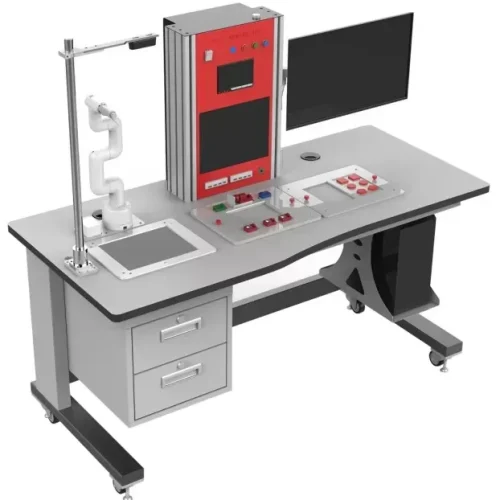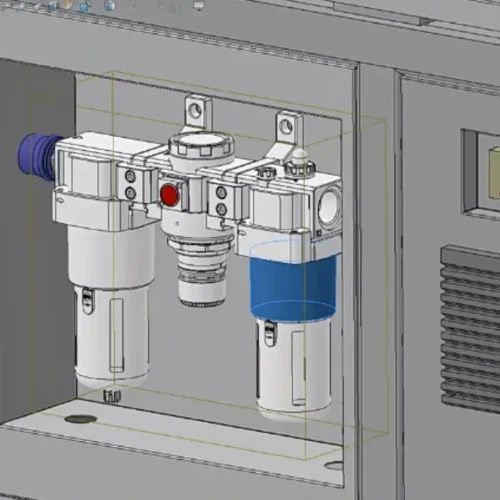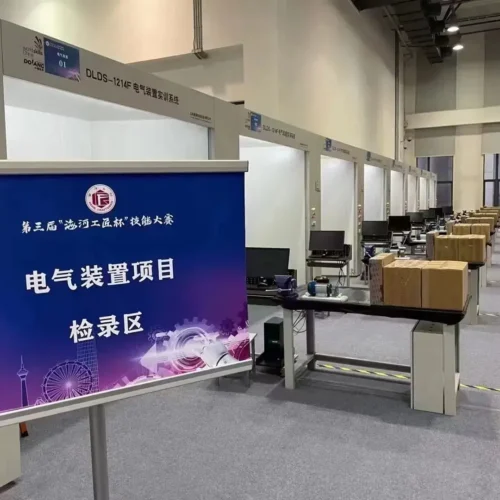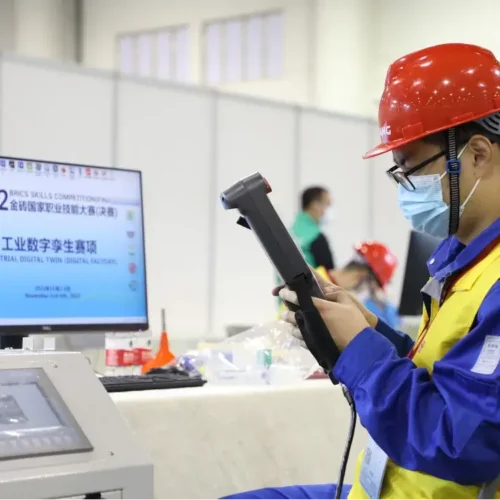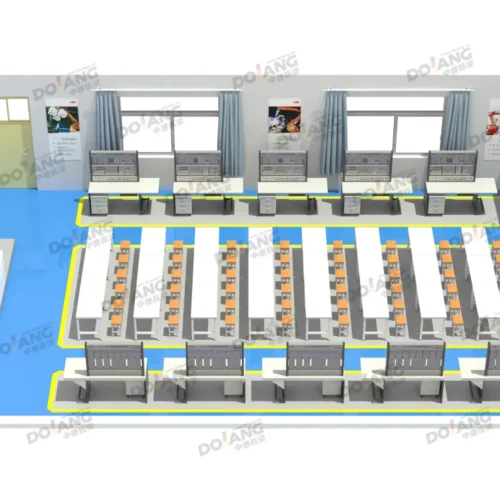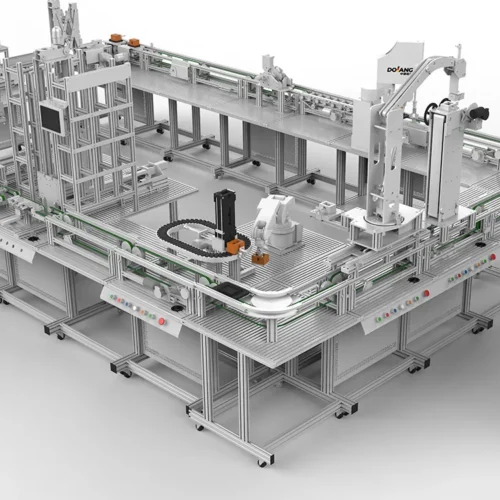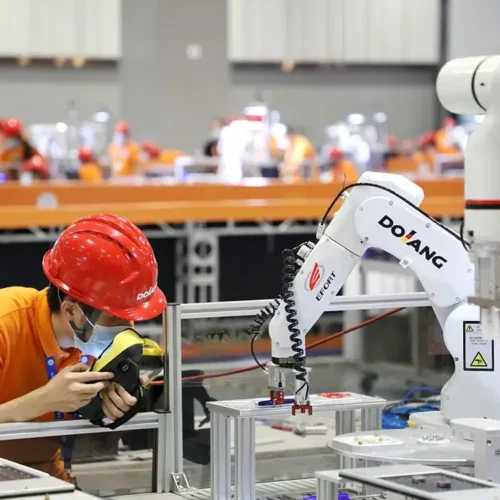Reliable vocational training equipment can aid instructors to teach skills to their students. Using calibrated equipment that is used in the real world can familiarize students with how to work on their job.
Knowing about various training tools can help you better teach or learn, depending on whether you are a teacher or a student. We are going to discuss different types of vocational training equipment in this blog – keep reading!
Traditional Vocational Training Equipment
Traditional training equipment allows students to learn any of the in-demand traditional skills. This type of equipment is affordable and available worldwide. Vocational training institutes use these five common tools to teach traditional skills:
i. Lathes
Lathe machines are one of the oldest machines invented in ancient Egypt. This tool allows an operator to put metals or wood in shape. A piece of wood or metal rotates in this tool. The cutter changes the shape of the inserted piece by removing unwanted material.
ii. Angle Grinder
Professionals use angle grinders to reshape different types of metals. This tool reduces labor costs and time by providing an efficient cutting experience. The small size and ease of use make angle grinders a go-to tool for professionals worldwide.
iii. Side Cutters
Both novice and skilled electricians use side cutters to cut wires. Side cutters help with disconnecting components and cutting the legs of electronic components. Using side cutters allows easier removal of insulation from the wires. Naked wires are better for creating reliable electrical connections.
iv. Hydraulic Jack
Hydraulic jacks are one of the most common tools in the automotive repair industry. They use the principle of hydraulics and make it easier to perform tasks like fixing a puncture. These jacks are easy to use. Hydraulic jacks are reliable for automotive tasks as they don’t get out of order very often.
Use Cases
Some of the industries that use traditional vocational training equipment include:
- Plumbing
- Welding
- Carpentry
- Electrician
- Auto technician
Computer-Aided Vocational Training Equipment
Computer programs allow students to learn essential skills for managing processes. These tools fit the demands of the fast-paced industrial landscape.Computer-aided tools are efficient and help workers save a lot of their time.
These are the four important computer-aided tools included in technical training programs worldwide:
i. Diagram Tools
The creation of essential diagrams becomes easier with the use of design tools. These tools allow users to create diagrams. Students use these tools to outline data flow. Better data flow outlines can allow to create better control flow processes. Improved processes boost the efficiency of various industrial tools. Diagram tools also make it easier to share diagrams among teams.
ii. Project Management Tools
Project management tools allow different teams to coordinate with each other. These tools streamline cost estimation, resource planning and project completion dates. Using project management tools allows better real-time monitoring as well.
iii. Analysis Tools
Analysis is an important part of the modern industrial process and analysis tools make it even easier. These tools help teams scrutinize initial project requirements, check for inconsistencies in processes, and remove any discrepancies in the data.
iv. Quality Assurance Tools
QA processes can be better streamlined using computer-aided quality assurance tools. These tools ensure that manufacturing processes meet the expectations of clients. Using QA tools increases the quality standards.
Use Cases
Here are some cases where computer-aided vocational training tools are used:
- Manufacturing
- Designing
- Prototyping
- Quality Assurance
Hybrid Vocational Training Equipment
Hybrid vocational training equipment prepares students to meet the industry trends.These tools help professionals to combine traditional and computer-aided tools. Here are some of the tools that are used as vocational training equipment by leading vocational training institutes:
i. 3D Printers
Digital modeling of objects has become effortless thanks to the widespread availability of 3D printers. Students can learn how to use 3D printers in industrial processes to create sturdy objects that can withstand the test of time and meet specific manufacturing needs. The power of 3D printing lies in utilizing traditional manufacturing strategies combined with Computer-Aided tools.
ii. Hybrid CNCs
CNC machines with hybrid capability can perform additive and subtractive manufacturing methods to create products that meet the changing demands of the industry. These CNCs help instructors teach how to combine traditional principles of design and manufacturing that can apply to this age.
Use Cases
Here are some industries that use hybrid vocational training equipment:
- Medicine
- Aerospace
- Automotive
Emerging Vocational Training Equipment
Technology is now the driving force across industries. This is why vocational training institutes now use emerging vocational training equipment. to better provide education to their students and prepare them for changing trends in the world.
Here are two examples of the usage of Emerging Vocational Training Equipment:
i. Automation
Automation enables manufacturers to get rid of redundant tasks. Proper automation saves a lot of time and helps skilled employees. Industrial automation uses ML models and advanced robotics. This combination ensures that all tasks are completed faster.
ii. Computer Vision
Computer Vision simplifies the process of manufacturing. Reliable computer vision tools drop the need for human supervision. Advanced Computer Vision models rely on data gathered from industries across the world. These tools use ML models to provide valuable insights into manufacturing and automation.
Use Cases
Industries that use emerging vocational training equipment include:
- Retail
- Medicine
- Manufacturing
Potential Benefits and Challenges
Emerging technologies make it easier to increase the effectiveness of manufacturing processes. The new technologies also provide superior safety. These solutions also make it easier to cut costs. Emerging tools can also boost the quality of products.
There is no solid proof of the safety of developing ML models. Strict regulation and supervision of advanced AI technologies is necessary. Doing so will ensure that tools don’t overlook human instructions.
Conclusion
Teachers still use traditional tools for vocational training programs. But computer-aided, hybrid, and advanced tools are becoming famous. They are good for teaching and managing real-time industrial needs worldwide.
Technologies like AI, VR, and Big Data can improve the teaching process. These tools can also speed up the process of producing a skilled workforce for the future.


